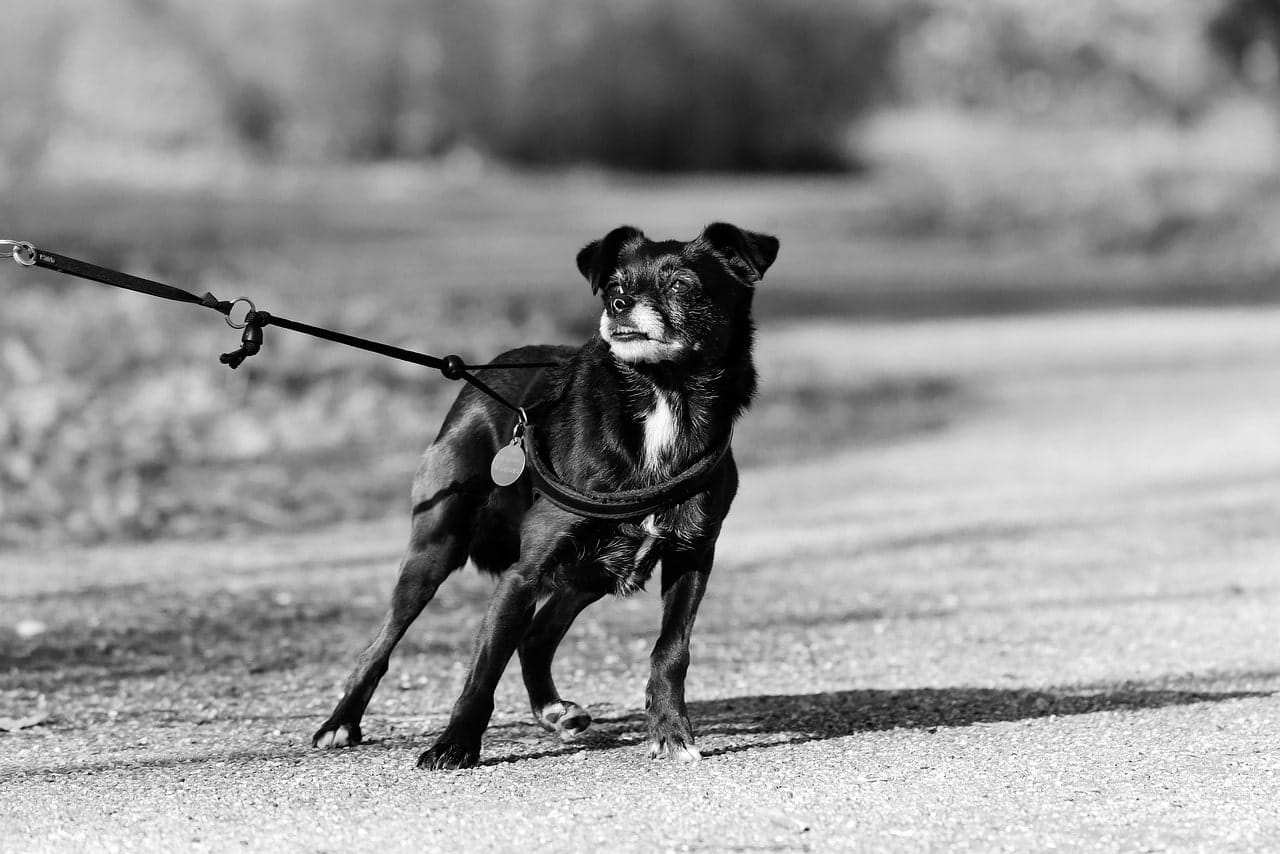Functional communication on walks: A game-changer for reactive dogs
Transform your walks in the park with our guide to Functional Communication Training for reactive dogs. Discover techniques to manage lunging and barking, and turn stressful outings into enjoyable experiences.

For many dog training clients, a simple walk in the park can sometimes feel more like navigating a minefield. This is particularly true for those handling reactive dogs, who may lunge, bark, or snap in response to triggers like other dogs, squirrels, or even moving vehicles. However, there's a transformative approach that can turn these stressful outings into enjoyable ventures: Functional Communication Training (FCT).
Understanding the basics of FCT
Functional Communication Training is all about teaching dogs more appropriate ways to express their needs and emotions. Instead of reacting aggressively to a trigger, dogs learn to perform a specific behavior that effectively communicates their state in a way that owners can understand and support.
FCT is an example of differential reinforcement, which creates an opportunity to teach new behaviors using positive reinforcement to replace unwanted behaviors.

The benefits of FCT for reactive dogs
Implementing FCT with reactive dogs can have profound impacts, both for the dog and the owner. First and foremost, it gives the dog a constructive outlet to convey their inner experience. Rather than feeling compelled to bark, lunge or snap, the dog learns that there is a better way to get their needs met - one that doesn't involve disruptive or dangerous behaviors. This not only reduces stress and anxiety for the dog, but also promotes a stronger bond with their owner, who can now better comprehend and respond to the dog's communication.

Furthermore, FCT empowers the dog with a sense of control over their environment. By teaching them an appropriate alternative behavior, you're providing the dog with a predictable way to influence the outcome of a triggering situation. This can have a profoundly calming effect, as the dog no longer feels the need to resort to reactivity to achieve their desired result.
Implementing FCT with reactive dog clients
While the concepts behind FCT are straightforward, successfully implementing them with clients who may not be skilled dog handlers requires a thoughtful, step-by-step approach. Here's how trainers can guide their clients through the process:

